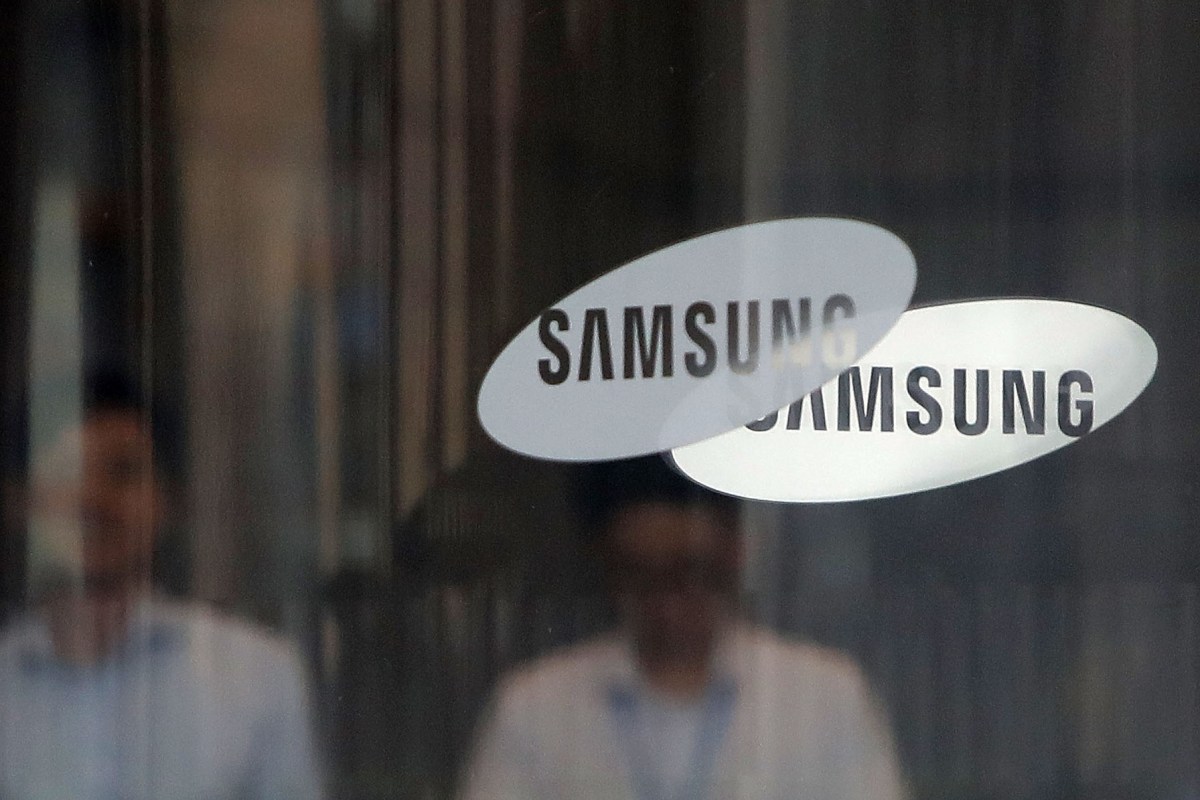Opentrons aims to democratize lab access with its Flex robot
Two words jumped out at me while speaking with Opentrons CEO Jon Brennan-Badal and investor Vinod Khosla: reproducibility and repeatability. These are, of course, important concepts in the world of research. They’re keys to successful experimentation, but a lot of different variables can stand between them and researchers.
It’s one of the foundational promises of Opentrons’ new Flex system. What if research parameters could be programmed into a machine, making it easier to reproduce conditions?
“A great example would be if Nature had to publish an article,” Khosla tells TechCrunch. “We see so much about irreproducible data or fudged data and all that. They could literally run the same experiments and say to the author, ‘submit the software script to run that experiment.”
The machine, which superficially resembles a desktop printer, measures two feet by two feet by two feet. Opentrons is making the system’s API available to researchers, allowing for the creation of workflows. That could mean carrying out experiments or performing tests. The company, which was founded in 2014, has a good deal of experience with the latter. The company subleased lab space in 2020 as a pandemic response.
“Opentrons has tested the majority of COVID samples run in the New York metro area,” says Brennan-Badal. “We tested over 15 million people. We set up our lab. All of those samples were run with under $250,000 worth of equipment.”
Flex is the successor to the OT-2, the machine that carried out those tests, which found clients in the Mayo Clinic, Harvard and MIT. The other big promise here is democratization. Much like the world of surgical robotics, Flex is an attempt to democratize access, including a lower barrier of entry for price. The system will be available for an upfront cost (versus a RaaS model), which the company promises is 1/10th that of established industrial systems. It will start shipping in August.
Opentrons will also continue to offer its own labs so facilities that don’t have the resources can outsource testing — akin to what it did with COVID. “We’re solving the problem for a lab of: you want to get lab work done. Some things you want to do on [premises]. Some things you want to be able to do in the cloud. Often times people want to figure out what the right process is on [premises], and they want to be able to scale that process. That’s where it’s helpful to be able to outsource it to us.”




